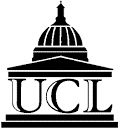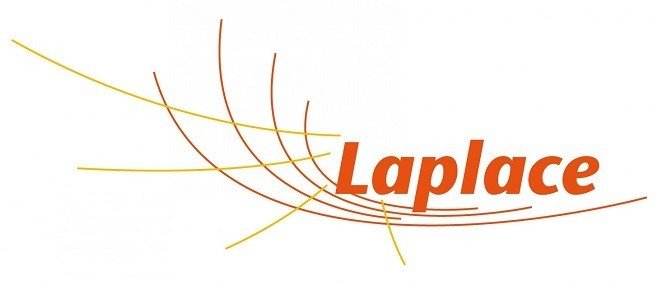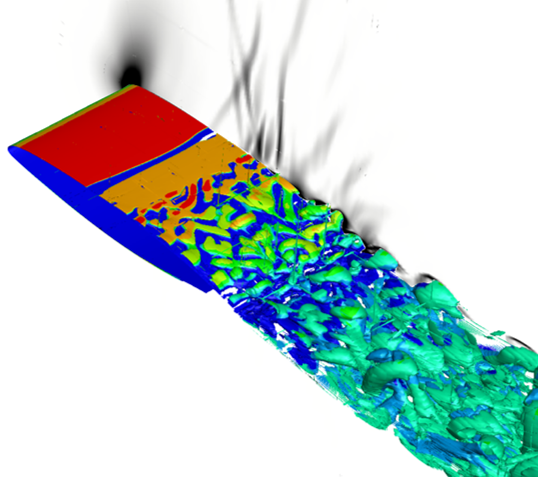

ERCOFTAC Symposium on
“Multiphysics critical flow dynamics involving moving/ deformable structures
with design applications”
ENSEEIHT, 7th - 9th June 2023

Toulouse, France
https://en.wikipedia.org/wiki/ENSEEIHT
Programme available here
All information is available here: http://smartwing.org/ercoftac2023/
CO-CHAIRED BY:
- Dr Marianna Braza, IMFT - France
- Prof. Ian Eames, University College London - UK
- Prof. Yannick Hoarau, University of Strasbourg - France
- Prof. Jean-François Rouchon - ENSEEIHT - France
Publication of the Proceedings by Springer after full papers review. Extended versions of selected papers will be examined for publication in
a dedicated volume of the Journal Fluids & Structures
SESSIONS:
- Dynamically controlled aerodynamic and hydrodynamic shapes and vibrations for improved design
- Artificial Intelligence in FSI’s aerodynamics design
- Intelligent Materials, Morphing, Actuation, Energy Conversion
- Bio-inspired methods for smart-wing design
- Theoretical aspects of Fluid-Structure Interaction (FSI) involving separation
- Dynamics of Turbulent Interfaces and their role in FSI
- Instability and Transition related to critical phenomena in FSI
- Compressibility effects related to unsteady separation in FSI
- Direct Numerical Simulation of unsteady separated flows involving fluid-structure interaction
- Turbulence Modeling approaches with FSI coupling: advanced statistical (URANS), LES and hybrid (URANS-LES)
- Variation in fluid’s density involving FSI
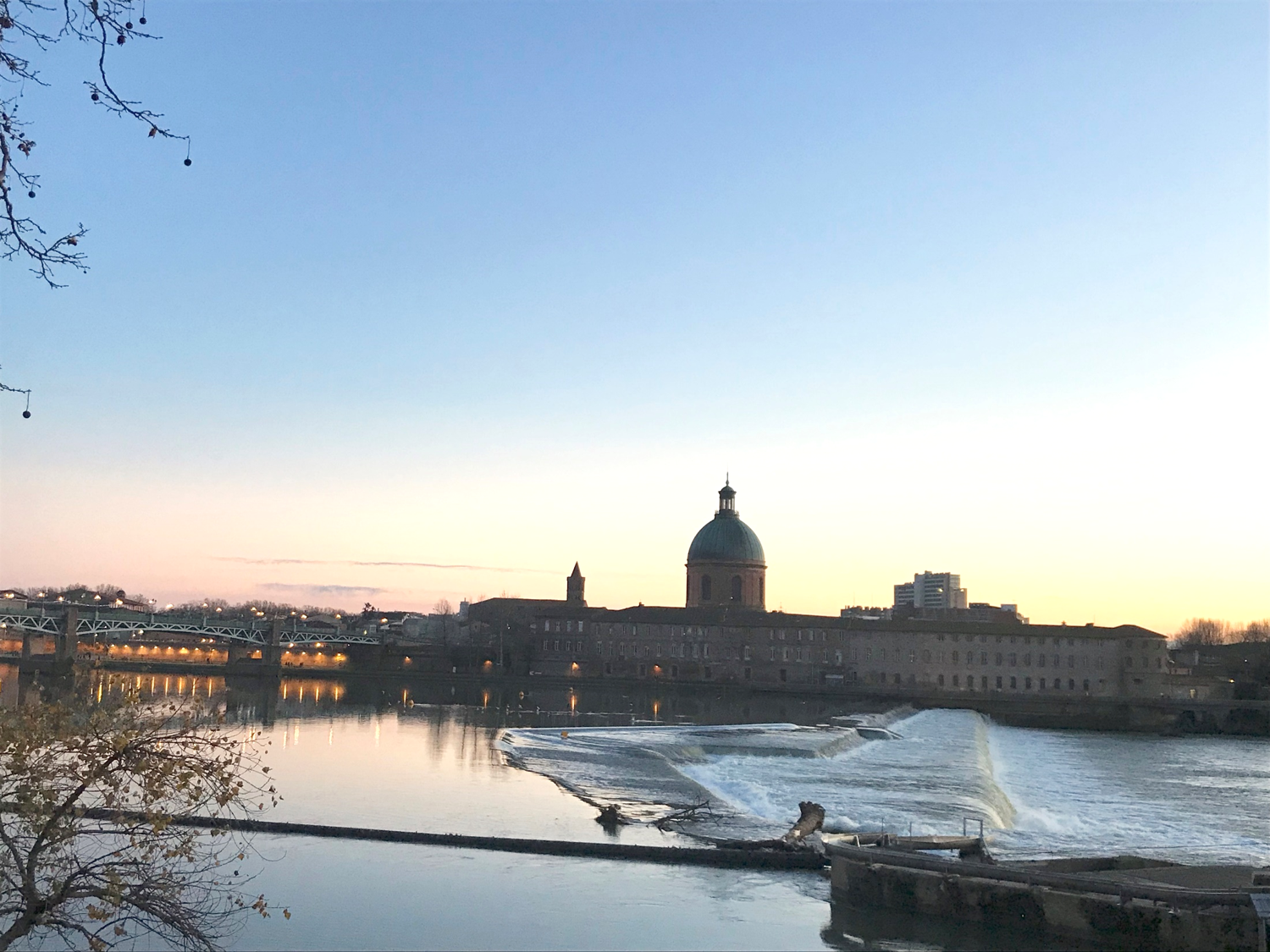
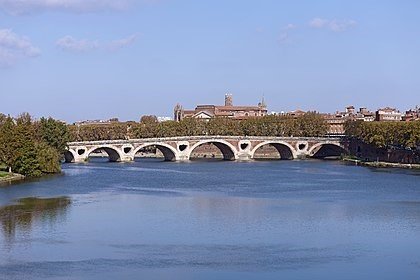
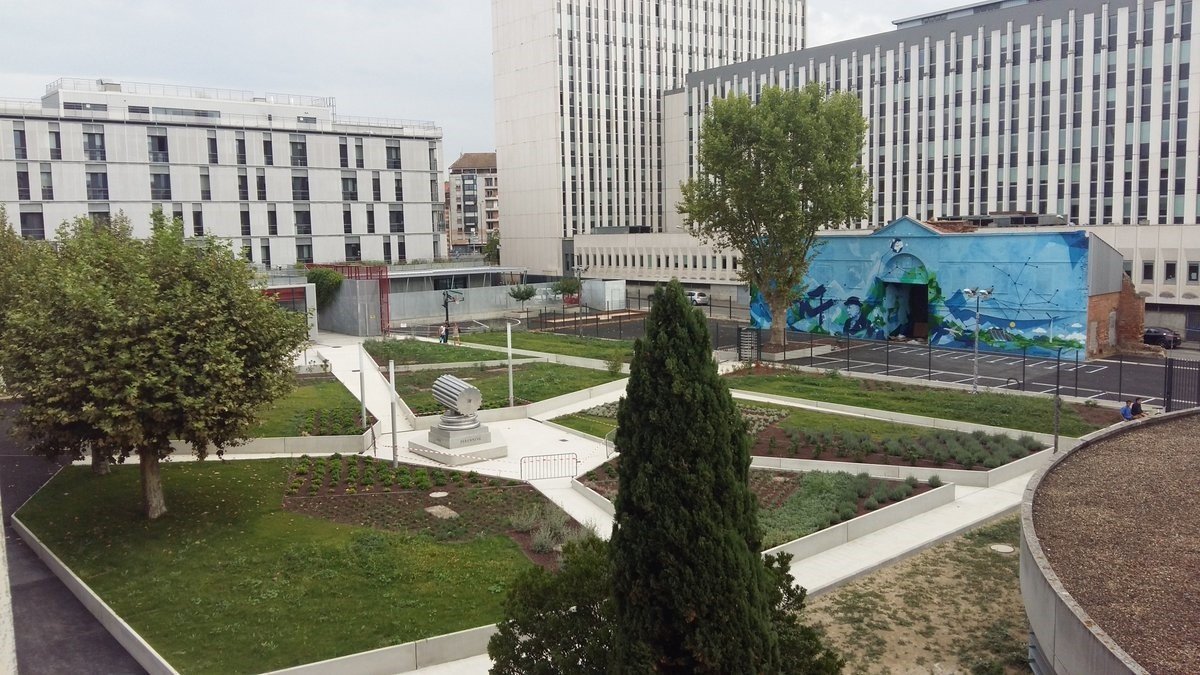
SCOPE:
The present Symposium is involved in the ERCOFTAC’s SIG 41 “Fluid-Structure Interaction” activities.
Global challenges, such as climate change or reducing environmental impact, can be partially met through improved designs to increase energy efficiency and safety. From the engineering perspective, the major scientific challenge comes from the interaction between structures and the flow. Structural deformation may occur due to an external unsteady loading (FSI), through internal forces applied at internal members or on surface panels. Controlled deformation can be exploited for energy extraction from mean flows, to reduce noise or shape adaption for targeted aerodynamic properties. Deformation may lead to internal stresses and with cyclic loading, the potential for fatigue and failure. The dynamical response of structures and their interaction with the surrounding turbulence are intrinsically linked to critical flow processes that occur at points of separation linked to the structural design. The purpose of this in-person meeting is to discuss major science challenges associated with turbulent flow interfaces with deformable structures – from the theoretical, experimental and numerical perspective – and their link to design.


